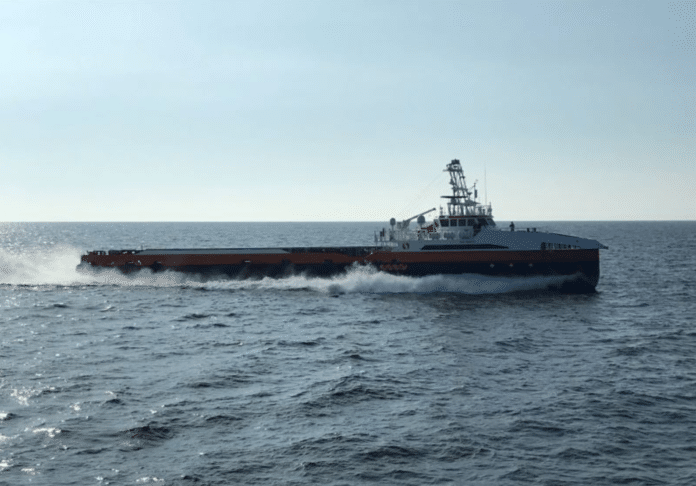The U.S. Navy entered into agreements with several American companies to take the first steps in determining what the service’s Large Unmanned Surface Vehicle (LUSV) will look like. A total of six companies have received contracts worth $42 million, each winning about $7 million to kick off work on the program.
The U.S. Navy has signed agreements for the conceptual design of large robotic ships with Austal USA, Huntington Ingalls Industries, Fincantieri Marinette, Bollinger Shipyards, Lockheed Martin, and Gibbs & Cox. The Navy anticipates the companies finishing the work by August 2021, but options could extend the work to May 2022, which would bring the cumulative value to $59.48 million.
The American military leadership is considering several options for the development of the fleet, one of which involves a significant increase in the number of robotic ships of different classes. It is assumed that such devices will significantly increase the combat capabilities of the American fleet against the background of the growth of the combat capabilities of the fleets of Russia and China. The Navy also believes that the use of robots will reduce the cost of the fleet, including the construction and repair of new ships.
The team is interested in developing robotic ships with about 200 feet to 300 feet in length and having full-load displacements of 1,000 to 2,000 tons. The Navy wants LUSVs to be low-cost, high-endurance, reconfigurable ships based on commercial ship designs, with ample capacity for carrying various modular payloads such as anti-ship and land-attack missiles. Other details have not yet been disclosed.
“These contracts were established in order to refine specifications and requirements for a Large Unmanned Surface Vessel and conduct reliability studies informed by industry partners with potential solutions prior to the release of a Detail Design and Construction contract,” Navy spokesman Capt. Danny Hernandez told USNI News in a statement.
“The studies effort is designed to provide robust collaboration with government and industry to assist in the maturation of platform specifications, and ensure achievable technical requirements are in place for a separate LUSV DD&C competition.”
